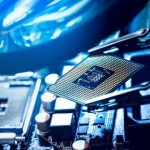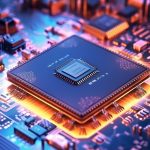AgiBot has unveiled AgiBot World, an extensive dataset designed to enhance humanoid robot training across various environments. This release marks a significant step towards improving the adaptability and functionality of robotic systems. The initiative also introduces new hardware components and fosters collaboration between academic and industry partners.
Previous efforts in robotic datasets have struggled with limited data quality and sensing capabilities. AgiBot World addresses these issues by providing a vast and diverse collection of robotic trajectories. This expansion aims to overcome the constraints that have previously hindered the development of more generalizable robotic intelligence.
How Does AgiBot World Facilitate AI Collaboration?
AgiBot World includes over one million trajectories from 100 robots, covering more than 100 real-world scenarios. This extensive dataset enables detailed manipulation tasks, tool usage, and multi-robot collaboration, fostering a collaborative environment for researchers and developers.
What Hardware Enhancements Support AgiBot World?
The dataset is complemented by advanced hardware such as visual tactile sensors and mobile dual-arm robots with whole-body control. These features provide the necessary tools for sophisticated research in multimodal imitation learning and adaptive manipulation.
Why is China’s Humanoid Market Development Relevant?
China’s efforts to advance humanoid robotics, including national initiatives and data-sharing projects, highlight the global race to develop advanced humanoid technologies. AgiBot World contributes to this landscape by offering resources that can accelerate innovation and standardize robotic learning processes.
AgiBot World not only provides a substantial dataset but also creates a platform for ongoing collaboration and innovation in humanoid robotics. By addressing previous limitations in data quality and diversity, AgiBot is setting a new standard for robotic learning resources. This comprehensive approach is expected to significantly impact the development of versatile and robust robotic systems.










